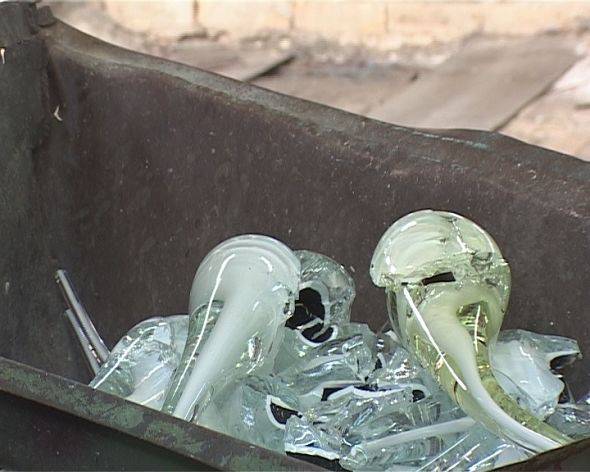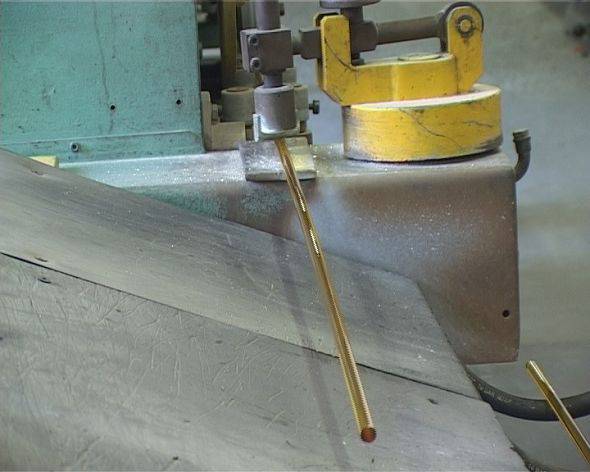Glass Tubes
Mario Moretti
In modern technology, the glass tube has varied uses of notable importance, so it is considered one of the fundamental products for glassworks production.
The tube and the glass rod (which is similar to the tube due to identical production technology) are necessary products for the production of a very wide series of industrial items.
From a tube, the following items can be obtained:
- containers (phials, small bottles, syringes) used in the pharmaceutical industry to hold liquid or solid products;
- various laboratory equipment (graduated cylinders, pipettes, burettes, refrigerators etc.);
- fever and industrial thermometers;
- other control equipment like densimetres, alcohol measurers etc..
Glass tubes are also used to produce:
- Fluorescent and neon light bulbs;
- Certain electric incandescent light bulbs (for example small bulbs for automobiles);
- The filament holder of all electrical incandescent light-bulbs.
Tubes with a larger diameter can be used to produce mains for the chemical industry (exploiting the resistance to chemical-adhering-to-glass characteristic); silica glass tubes (resistant to thermal changes) can be used as coverings for electrical heating resistors.
Small glass tubes can be used to produce, for successive production, small glass beads, which are used in large quantities for the production of necklaces and costume jewellery in general.
Given the wide range of uses of tubes, it is obvious that the chemical-physical characteristics of the glass used will be very different.
If we consider the most important uses, we can group the various types of glass, which are transformed into tubes, into five categories:
- Lead glass: used to produce filament holders for incandescent bulbs and neon tubes.
- Soda-calcium glass: used to produce laboratory equipment, thermometers, fluorescent light-bulbs, densimetres etc..
- Neutral borosilicate glass: used especially for producing pharmaceutical containers, syringes for injections and even laboratory equipment.
- Borosilicate glass like Pyrex: for special laboratory equipment which requires high chemical resistance and resistance to thermal changes.
- Silica or quartz glass: used to construct special equipment which requires very high resistance to temperature changes.
Coloured glass tubes are also produced which have two aims.
The first, in the case of glass for pharmaceutical containers, is tied to the ability of certain colours to absorb luminous rays which are harmful to the content.
The main use, in this field, is related to neutral yellow-brown glass (coloured with iron oxide and titanium) and amber semi-neutral glass (the colour is given by the iron sulphides in very small quantities).
The second aim of coloured glass is that of giving a coloured light source, like yellow in the case of automobile lights, but also red, blue, green etc., as in the case of soda-calcium glass used for the production of neon signs.

anual production of Glass Tubes
This procedure involves the taking of a certain quantity of glass (5-10 Kg) in its plastic state from the crucible a few times, with a blow pipe. After the first moulding, and the rolling of…

Mechanised production
The wide range of applications and the continuous increase in the demand for glass tubes with the most constant dimensional characteristics possible, so as to be able to use then in …
